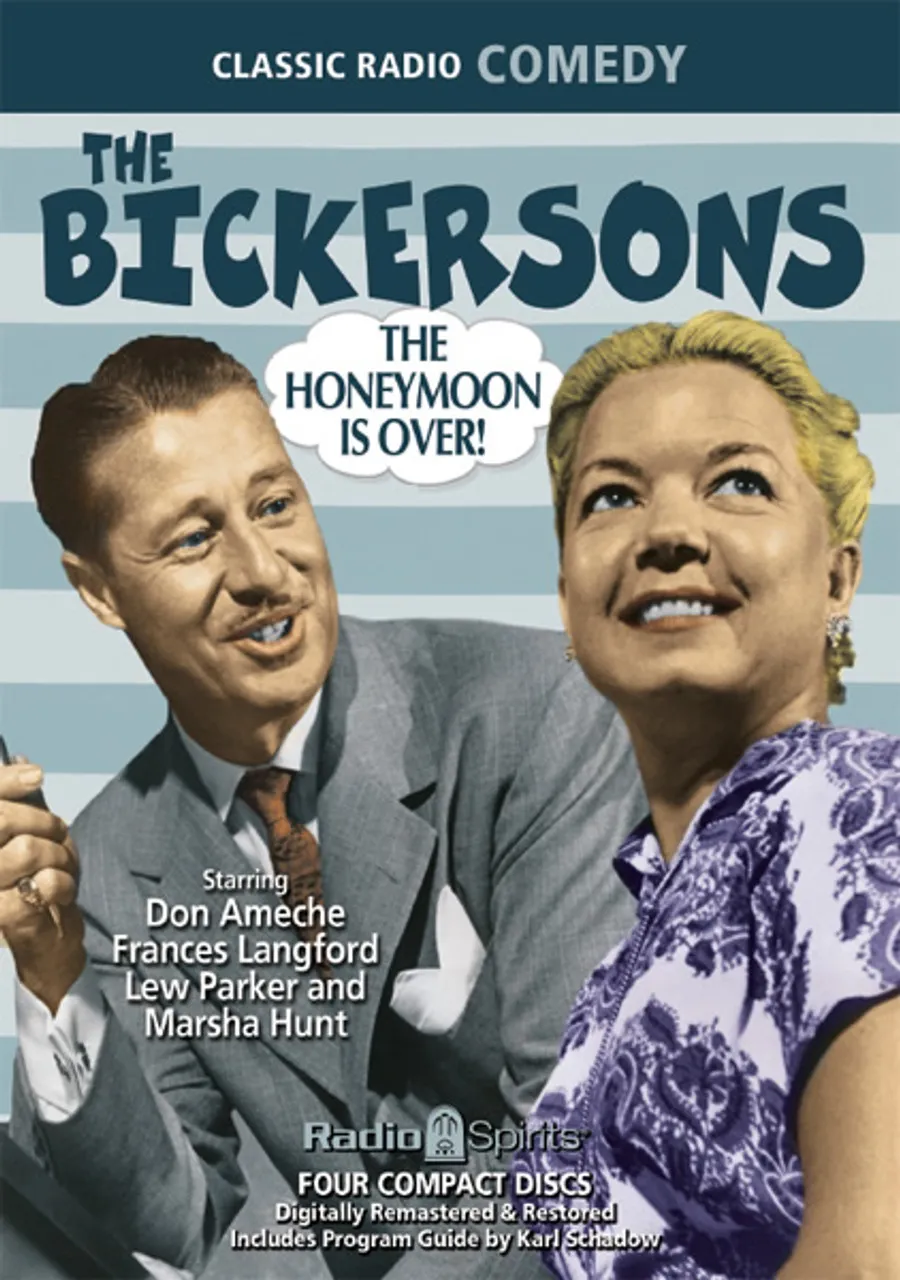What is the Honeymoon Phase
The honeymoon phase, a term borrowed from the traditional post-wedding vacation, is a period in a relationship characterized by intense happiness, excitement, and idealization of the partner. Think of it as the ’everything is perfect’ stage. During this time, couples often experience heightened feelings of love, attraction, and a strong desire to be together. The honeymoon phase is marked by a focus on positive aspects, with minor flaws being overlooked or minimized. Everyday activities feel special, and conflicts are rare or easily resolved. This period is crucial, setting the foundation for the long-term relationship. However, it’s important to understand that this phase is temporary. It is often followed by a shift as couples navigate the complexities of everyday life and begin to see each other more realistically. Recognizing the characteristics of this initial stage and understanding its natural transition is key to building a lasting relationship. This helps couples to manage expectations and handle any challenges that arise when the initial glow fades.
Idealized Expectations vs Reality
One of the most significant shifts as the honeymoon phase ends involves the transition from idealized expectations to the reality of everyday life. During the honeymoon period, partners often project their hopes and desires onto each other, focusing on the positive attributes and overlooking any potential flaws or incompatibilities. This can lead to unrealistic expectations about the relationship and the partner. The reality check typically comes with the challenges of daily life, such as financial stress, differences in values, or conflicting schedules. These issues can expose the cracks in the idealized facade. As couples become more familiar with each other’s habits, quirks, and less-than-perfect behaviors, the initial infatuation may start to fade. This shift can be jarring, leading to disappointment, disillusionment, or even conflict. The ability to navigate this transition successfully is crucial for the long-term health of the relationship. It involves open communication, a willingness to compromise, and a realistic understanding of each other’s strengths and weaknesses. Accepting that no one is perfect and embracing the imperfections of the partner is vital for building a lasting bond based on genuine connection, not just idealized fantasies.
The Bickersons: Signs the Honeymoon is Over

The Bickersons, a radio and television comedy show known for portraying the often-contentious relationship of a married couple, provides a humorous, yet insightful perspective on the end of the honeymoon phase. The show’s portrayal of the Bickersons’ bickering, disagreements, and misunderstandings often reflects the realities of long-term relationships. When the honeymoon is over, the dynamic shifts. The initial infatuation fades, and couples start to see each other more realistically. Little annoyances become more noticeable, and disagreements become more frequent. In the context of the Bickersons, these moments of irritation and conflict are amplified for comedic effect, showcasing how the honeymoon period’s blissful ignorance gives way to the everyday challenges of marriage. This transition doesn’t necessarily mean the relationship is doomed, but it does require a shift in mindset and communication. Recognizing and addressing these challenges as they arise is vital to the long-term health of the relationship. Understanding the signs that the honeymoon is over can help couples approach these changes with awareness and intention, rather than with surprise or frustration.
Increased Conflict and Arguments
One of the most noticeable signs that the honeymoon phase has ended is an increase in the frequency and intensity of conflicts and arguments. During the honeymoon phase, couples tend to avoid disagreements, often prioritizing harmony over addressing underlying issues. However, as the initial infatuation fades, minor differences in opinion can escalate into full-blown arguments. This is because the rose-tinted glasses come off, and partners begin to see each other’s flaws and vulnerabilities more clearly. Everyday stresses, such as finances, household chores, and differing social habits, can become points of contention. Unresolved issues from the past may resurface, adding fuel to the fire. The way couples handle these conflicts is crucial. Those who can communicate openly, listen actively, and find mutually acceptable solutions are more likely to navigate the end of the honeymoon phase successfully. Those who engage in constant criticism, defensiveness, or avoidance risk damaging the relationship. Learning healthy conflict resolution skills, such as compromise and empathy, is essential for moving beyond the honeymoon period and building a lasting, resilient relationship.
Changes in Physical Intimacy
Another common sign of the honeymoon phase ending is a shift in physical intimacy. During the honeymoon, physical affection, including sex, is often frequent and passionate, driven by the strong feelings of love and attraction. As the relationship progresses and the initial infatuation wanes, the frequency and intensity of physical intimacy may decrease. This change can be due to several factors. Stress, fatigue, and the pressures of daily life can reduce the libido. A decrease in novelty can also contribute to a decline in sexual desire. In addition, unresolved conflicts and emotional distance can lead to a decrease in physical intimacy. However, a decrease in physical intimacy does not necessarily mean the relationship is doomed. It’s important for couples to communicate their needs and desires openly. Exploring different forms of intimacy, such as emotional connection and quality time together, can help to sustain the bond. Seeking professional help from a therapist or counselor can also be beneficial. Addressing any underlying issues and fostering a healthy, balanced approach to intimacy is crucial to maintaining a strong and fulfilling relationship beyond the honeymoon phase.
Growing Boredom or Disinterest

As the honeymoon phase fades, it’s common for couples to experience a sense of growing boredom or disinterest in the relationship. The initial excitement and novelty that characterized the early stages of the relationship can wear off. Couples may find themselves falling into routines, with daily interactions becoming predictable. The spontaneity and passion that were once present may be replaced by a sense of stagnation. This shift does not mean the relationship is over, but it does require effort to rekindle the spark. Couples can combat boredom by trying new activities together, such as hobbies, travel, or trying new foods. Reintroducing novelty can help reignite the excitement. It’s also important to nurture individual interests and pursue personal goals, which can lead to more fulfilling conversations and interactions. Maintaining a sense of mystery and intrigue by taking time for oneself and continuing to grow as individuals contributes to a more dynamic relationship. By intentionally seeking ways to enrich their lives and shared experiences, couples can overcome boredom and create a lasting sense of connection and excitement.
Communication Breakdown
Communication is a cornerstone of any successful relationship, and a breakdown in communication is a significant sign that the honeymoon phase is over. During the honeymoon, couples tend to communicate openly and enthusiastically, sharing their thoughts, feelings, and experiences with ease. As the relationship progresses and the initial infatuation fades, communication can become strained. Couples might start to assume they know what the other person is thinking or feeling, leading to misunderstandings and unspoken needs. Avoidance of difficult conversations can also become a pattern, creating emotional distance. To address communication breakdowns, couples need to prioritize active listening, where they genuinely focus on understanding their partner’s perspective without interrupting or formulating a response. Expressing feelings and needs clearly and honestly is crucial. Learning to communicate constructively during disagreements, focusing on solutions rather than assigning blame, is essential. If communication problems persist, seeking professional help from a therapist or counselor can be beneficial. Improving communication skills lays the foundation for a healthier, more resilient relationship beyond the honeymoon phase.
Unmet Needs and Expectations
Another sign that the honeymoon phase is ending is when unmet needs and expectations begin to surface. During the honeymoon period, couples often idealize each other and the relationship, and may not fully address or communicate their individual needs and desires. As the relationship progresses, these unspoken expectations can become a source of conflict and disappointment. One partner might feel neglected, unappreciated, or misunderstood if their needs are not being met. These needs can be emotional, physical, or related to personal growth and fulfillment. To address this issue, couples need to openly communicate their needs and expectations. Regularly checking in with each other to ensure both partners are feeling supported and fulfilled is crucial. This also involves being willing to compromise and make adjustments to meet each other’s needs. Setting realistic expectations is essential, recognizing that no one person can meet all of the other person’s needs. Seeking individual and couple therapy can help in identifying and addressing unmet needs and building a relationship based on mutual understanding and respect.
Loss of Excitement and Novelty

One of the most noticeable shifts as the honeymoon phase ends is the loss of excitement and novelty in the relationship. The initial stage is often filled with new experiences, shared adventures, and the thrill of discovery. Couples are constantly learning about each other, exploring new activities, and building shared memories. As the relationship progresses, however, the sense of newness can fade. Daily routines become more predictable, and the passion and excitement that were once present may diminish. This loss of excitement doesn’t necessarily signal the end of a relationship, but it requires conscious effort to reignite the spark. Couples can introduce novelty by trying new things together. This could include new hobbies, traveling to new places, or simply changing up their routine. Planning date nights, even simple ones, can help rekindle the excitement. Maintaining a sense of individuality and pursuing personal interests is also important. Engaging in activities outside of the relationship contributes to a richer, more dynamic bond. By actively seeking to reintroduce excitement and novelty, couples can strengthen their connection and create a relationship that continues to evolve and thrive.
The Bickersons: What to Do After Honeymoon Ends
When the honeymoon phase ends, many couples find themselves at a crossroads. While the initial infatuation fades, the opportunity to build a deeper, more meaningful relationship arises. The Bickersons, with their humorous portrayal of marital struggles, can offer insight into navigating this transition. The first step is to accept that the initial euphoria will diminish. Recognizing that the end of the honeymoon phase is a natural part of relationship development is crucial. Next, open and honest communication is essential. Couples must be willing to express their needs, desires, and concerns to each other. Addressing any issues and conflicts constructively is key to resolving them. The importance of spending quality time together cannot be overstated. Making time for date nights, shared activities, and simply enjoying each other’s company can strengthen the bond. In addition, couples must be willing to compromise and negotiate, finding solutions that meet both partners’ needs. Seeking professional help from a therapist or counselor can provide valuable tools and strategies for building a lasting relationship. Ultimately, a commitment to growth, understanding, and mutual support is the foundation for a fulfilling relationship that extends far beyond the honeymoon phase. This means accepting that the relationship will have ups and downs, and approaching challenges as a team, like the Bickersons (sometimes, at least!).
